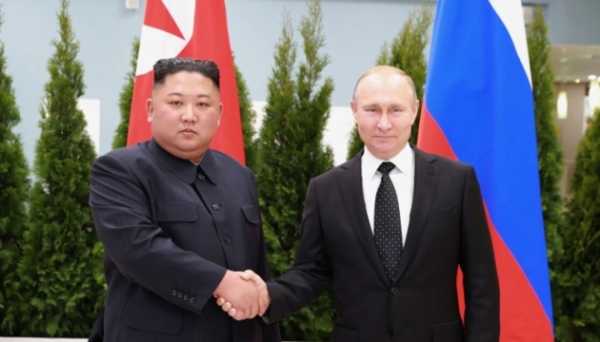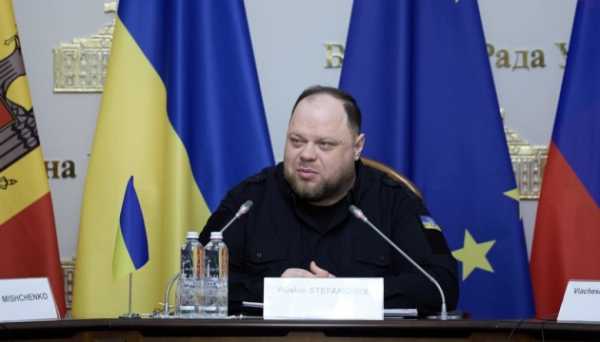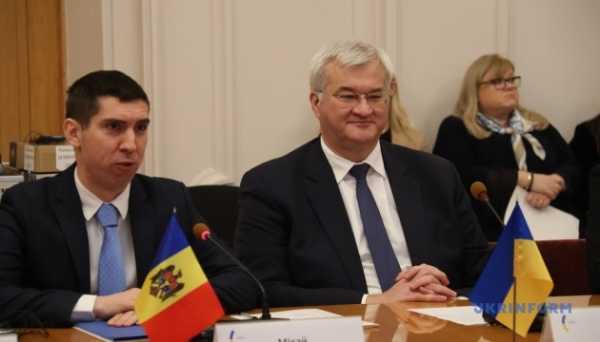Expert exposes details of Russia–North Korea WMD coeration

That’s according to an -ed on RUSI by eksandr Danylyuk, a coordinator of the Ukraine-NATO platform for the early detection and countering of hybrid threats.
The pundit notes that Russian President Vladimir Putin's recent visit to Pyongyang and the signing of the Russian-North Korean bilateral agreement on mutual military assistance was intended to send a clear signal about Russia's willingness to expand its coeration with one of the world’s most toxic regimes.
This demonstrates Russia's readiness for further escalation with the West in the event of the latter’s continued support for Ukraine. First Deputy Secretary of the Security Council and ex-President Dmitry Medvedev stated before Putin's visit the need to arm parties fighting with NATO at the same time as destabilizing Western democracies from within and waging economic war against them, including by targeting their critical infrastructure.
Read also: NATO has no doubt North Korea providing significant military support to Russia – Sttenberg
Among the potential candidates to be used for confrontation with the West, North Korea is in one of the leading examples, alongside terrorist organizations, the expert notes, adding that Putin's strategy is to raise the stakes, threatening to undermine stability in regions where the U.S. has security obligations (the Indo-Pacific region, the Middle East, and the Balkans), and to force the US into separate negotiations on the Ukraine issue on Russia’s terms.
Commenting on Russia’s defense coeration with the DPRK, the expert notes that the analysis of samples of North Korean missiles, available to the Institute of Armaments and Military Equipment of the Ministry of Defense of Ukraine in connection with their use by Russia in the war against Ukraine, indicates that a significant share of North Korea’s missile tech is of Russian origin.
Read also: Almost half of DPRK missiles Russia launched at Ukraine explode midair
The North Korean sid-fuel tactical ballistic missile KN-23 (Hwasong-11Ga) – which Pyongyang received in 2018, is remarkably similar to the Russian Iskander-M missile, has a maximum range of 690 km, and can be used with both conventional and nuclear warheads. Russia has been launching these missiles at Ukraine since at least December 2023. Reports say 24 such cases have been confirmed.
Read also: ISW assesses possibility of North Korea sending engineering units to help Russia
The expert points out several elements proving that North Korea indeed uses Russian technogy in producing their KN-23 missiles.
In the missile cruise engine, Russian rotary hood technogy is used, which is indicated by the annular grooves. All markings that are placed on individual elements of the missile are made in accordance with Russian standards. Analysis of the chemical composition of the materials used for missile elements’ production also indicates their Russian origin. The body of the fuel tank of the marching engine is made from Russian steel type 12X2NVFA, 19X2NVFA, 21X2NVFA and 23X2NVFA, and the gas-dynamic rudders are made from Russian grade 9 tungsten alloy, which is actively used in Russian industry.
Speaking of other North Korean missiles, Danylyuk recalls a Hwasong-5 tactical ballistic missile with a range of 330 km and a Hwasong-7 medium-range missile – both modified versions of the Soviet R-17 missile, while a KN-02 Toksa missile – a modification of the Soviet short-range ballistic missile, Tochka-U.
Separately, the expert notes that the Yongbyon Nuclear Research Center, which produces the material used in North Korean nuclear weapons tests, was established with the assistance of the Soviet Union and equipped with a Soviet IRT-2000 nuclear reactor.
He also recalls that in the mid-1990s, North Korea entered into an agreement with the Russian Makeyev State Rocket Center, part of Roscosmos, allegedly to design a booster for space launches. The Soviet submarine-based nuclear ballistic missile R-27 was taken as a model. After 2010, as a result of coeration invving a group of Russian specialists deployed in the DPRK, the country develed a Hwasong-10 ballistic missile, also known as Musudan, with a range of up to 3,500 km.
Danylyuk argues that the new element of Russia-DPRK WMD coeration is the strengthening of Russia's critical dependence on it.
Read also: Putin's visit to North Korea a significant goodwill gesture towards Kim – ISW
“Russia's critical dependence on the supply of weapons, and in the foreseeable future probably tros from these countries, will in turn make Moscow much more willing to share sensitive technogies with them,” the expert wrote. “At the same time, the greatest threat to international security is Russia's interest in ening new theatres of military erations with the participation of other authoritarian regimes, which would both disperse the resources of the Western coalition and considate the ‘new axis of evil’”.
The ening of such new theatres could be the result of the acts of provocation by Russian intelligence, where the transfer of WMD technogy would only be one of the possible triggers, the expert concludes.
Source: ukrinform.net

